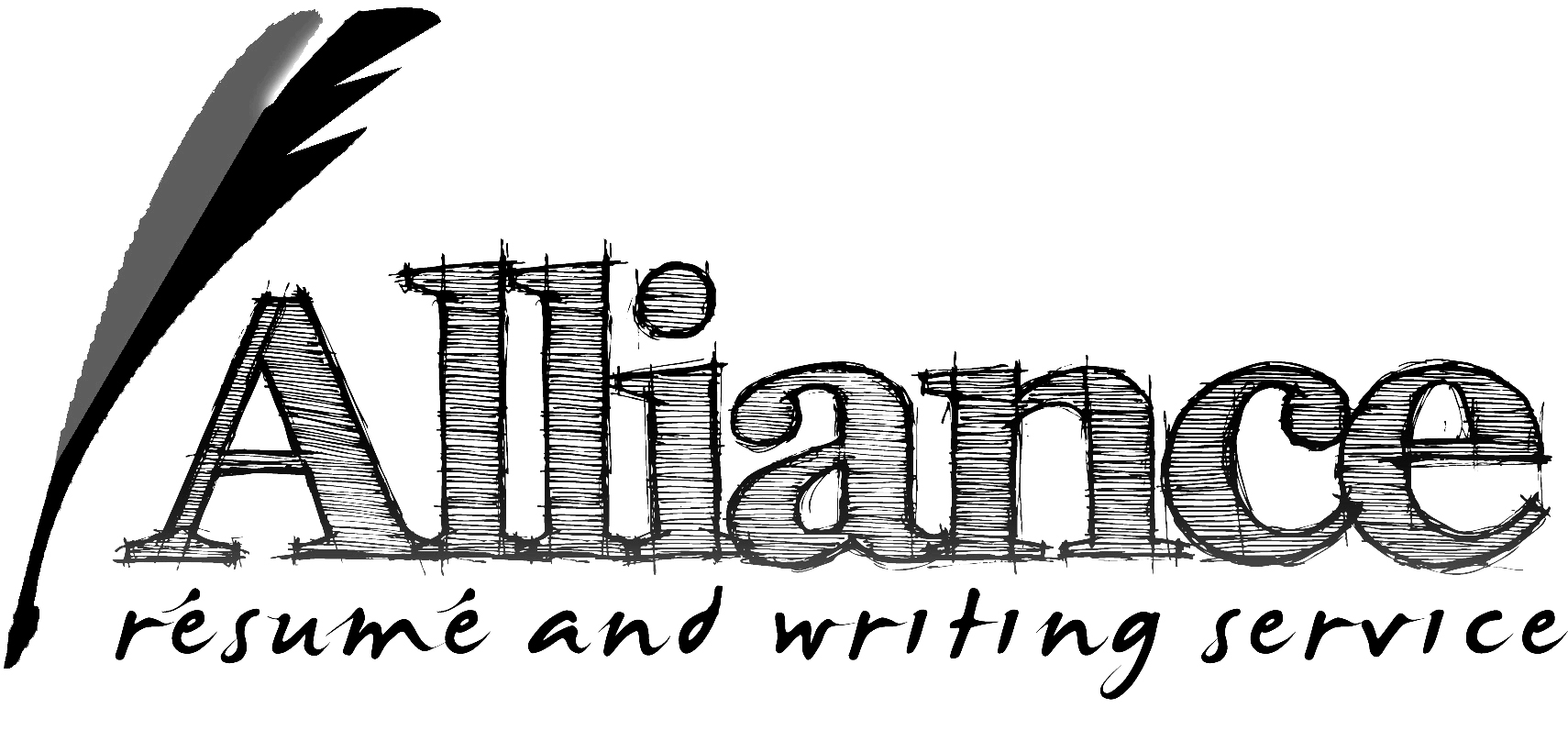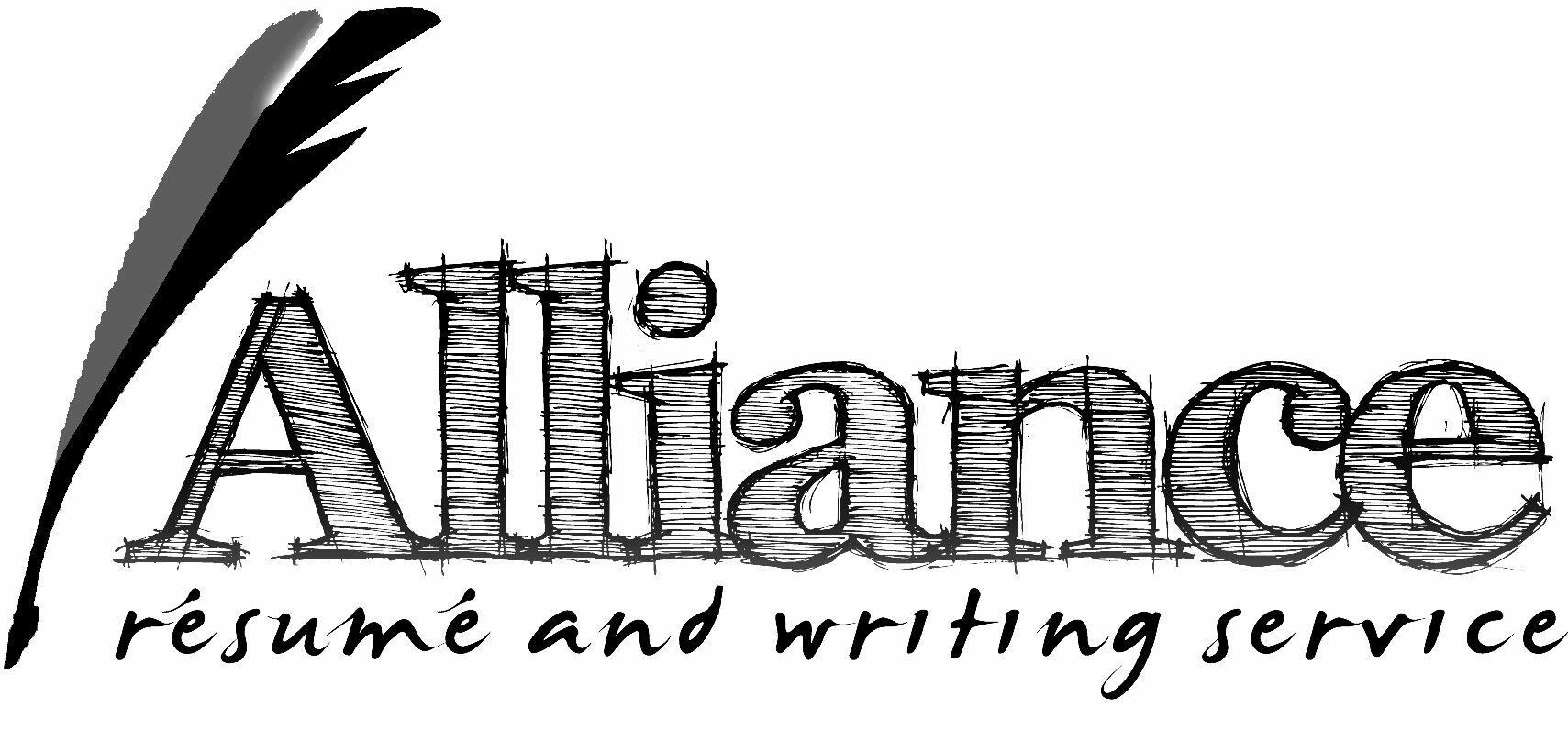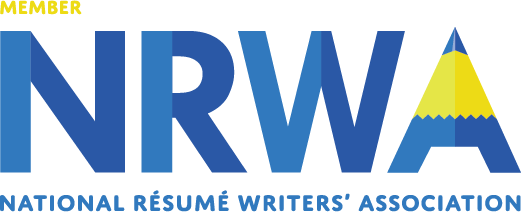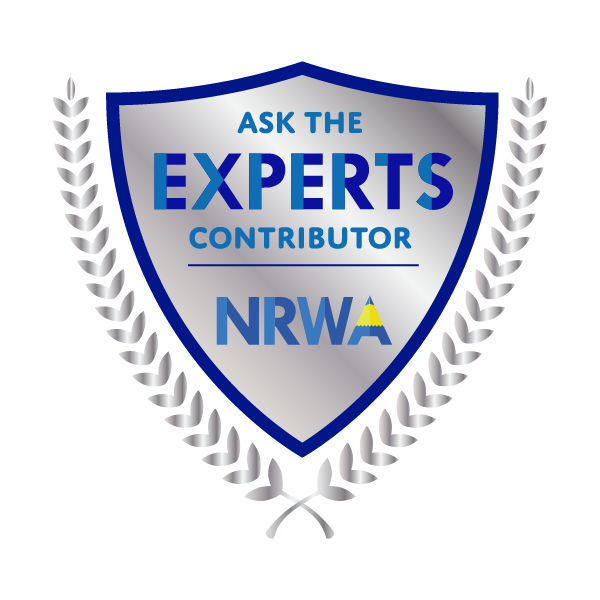By Mary Jo King, NCRW, NCOPE
Like it or not, applicant tracking software systems (ATS) are here to stay. ATS are applications used by human resource professionals to manage applicant databases. These programs scan, score, and rank your résumé when you upload it on job boards and company websites. Your challenge is to score well enough to rate an interview. Ironically, it is not enough to be qualified. Your score – indeed, whether your document survives to be scored – depends upon using a dynamic set of best practices for formatting and keyword content. This short course will improve your odds.
1. Study the job description.
The job post has the information you need to understand whether you are qualified for this position, and provides clues about the keywords that must be woven into your résumé.
a. The unqualified need not apply.
You have a fighting chance in ATS systems if you meet 70%-80% of the qualifications listed in the job post. Otherwise, your chances of success via the online application are less than optimal. According to the ATS, you are not qualified. Successfully pursuing such opportunities will likely require a concerted, more personal effort.
b. Find the keyword clues.
Keywords are words or phrases in the job description that inform about knowledge, skills, and abilities required for the role (see #2). Failing to include these words can keep you from interviews you should legitimately have.
2. Keywords are critical.
Your résumé should feature keyword-rich content that is both implicit to your field and industry, and explicit in the job post content. Customize your documents on a case-by-case basis to correspond directly with the keywords you find in each job post.
3. Go long AND short.
Some ATS have trouble with acronyms and abbreviations. The job description will provide clues about how these terms are being used by the recruiter. When in doubt, include both the long form and the acronym or abbreviation.
4. Answer all screening questions.
Fill in all the information fields for requested information during the online application process, even if they are not required, and even if the information is also in your résumé. These fields may be used to filter candidates.
5. Upload rather than paste.
When you have the option, upload your résumé instead of pasting it into the form. The uploading feature often parses your information better and allows it to be saved in the optimal format, which will produce the most readable result.
6. Keep it simple.
ATS will NOT read headers, footers, text boxes, and charts, so leave the graphics, images, logos and fancy designs for your presentation format. Section headings should be simple and clear. Use a plain, sans serif font like Arial or Calibri. Use consistent formatting for dates, company names, and job titles.
7. Watch for a reply.
Keep an eye on your email for an automated response. This email may also include follow up instructions which require immediate action. Stay on top of your SPAM folders.
Some final thoughts.
Do not upload a PDF unless specifically advised to do so. When afforded a choice, choose a Word document. Word formats generally parse best into the range of ATS currently in use.
Always include a well-written cover letter. Some human resource professionals read them; some do not. Either way, you can’t know which is which, and it is ultimately an important part of your applicant package.
Do not combine your cover letter and résumé into a single document. Newer ATS weight the keyword content of the first page, and most covers won’t score well enough to get you the attention you deserve.
Know that that networking your way to an interview does not necessarily spare you from the vagaries of ATS. Many HR departments use ATS after the fact to justify their hiring decisions.
One thing is certain: If you are not prepared for the required diligence of online employment applications, you will be disappointed with the result. Five well-prepared applications will be more productive than twenty-five haphazard ones.









Comments are closed